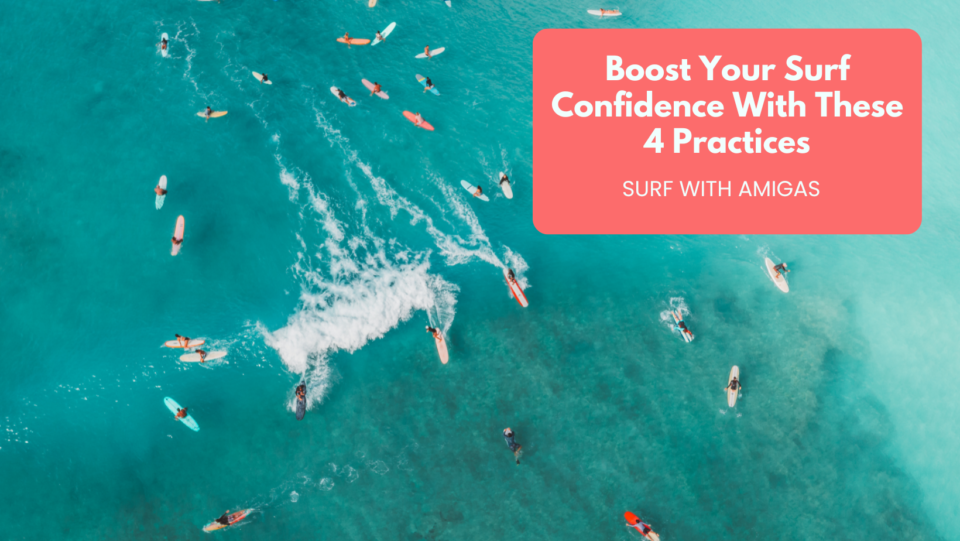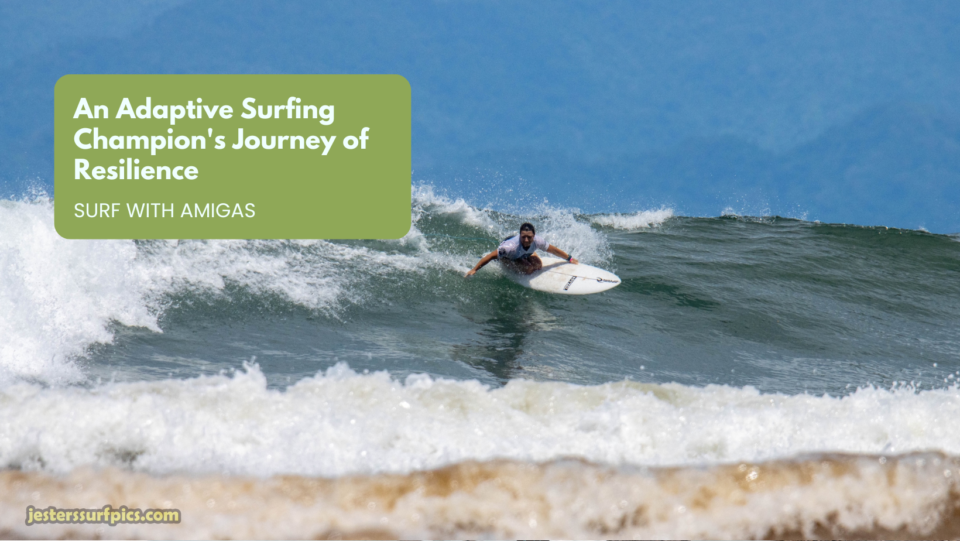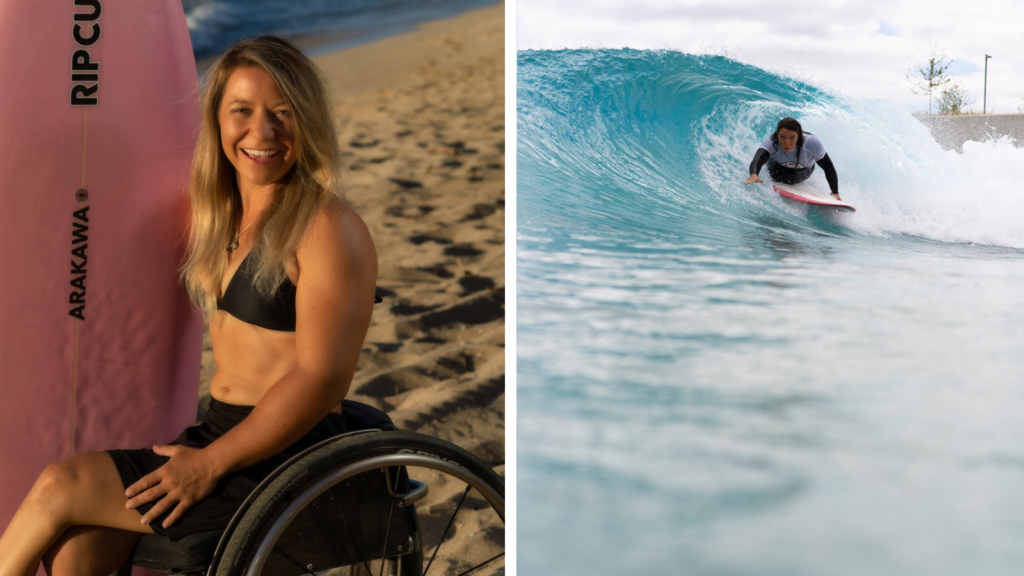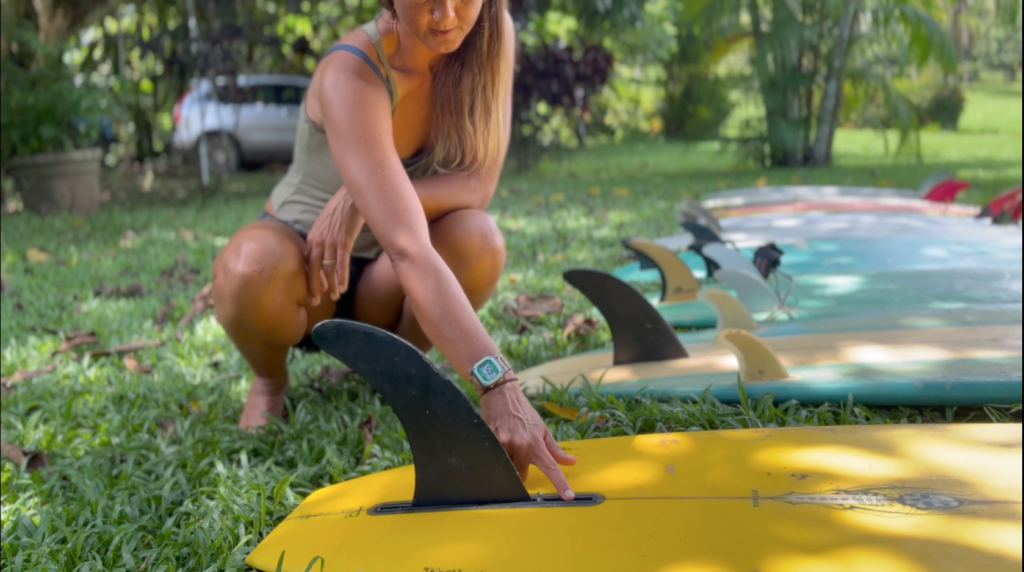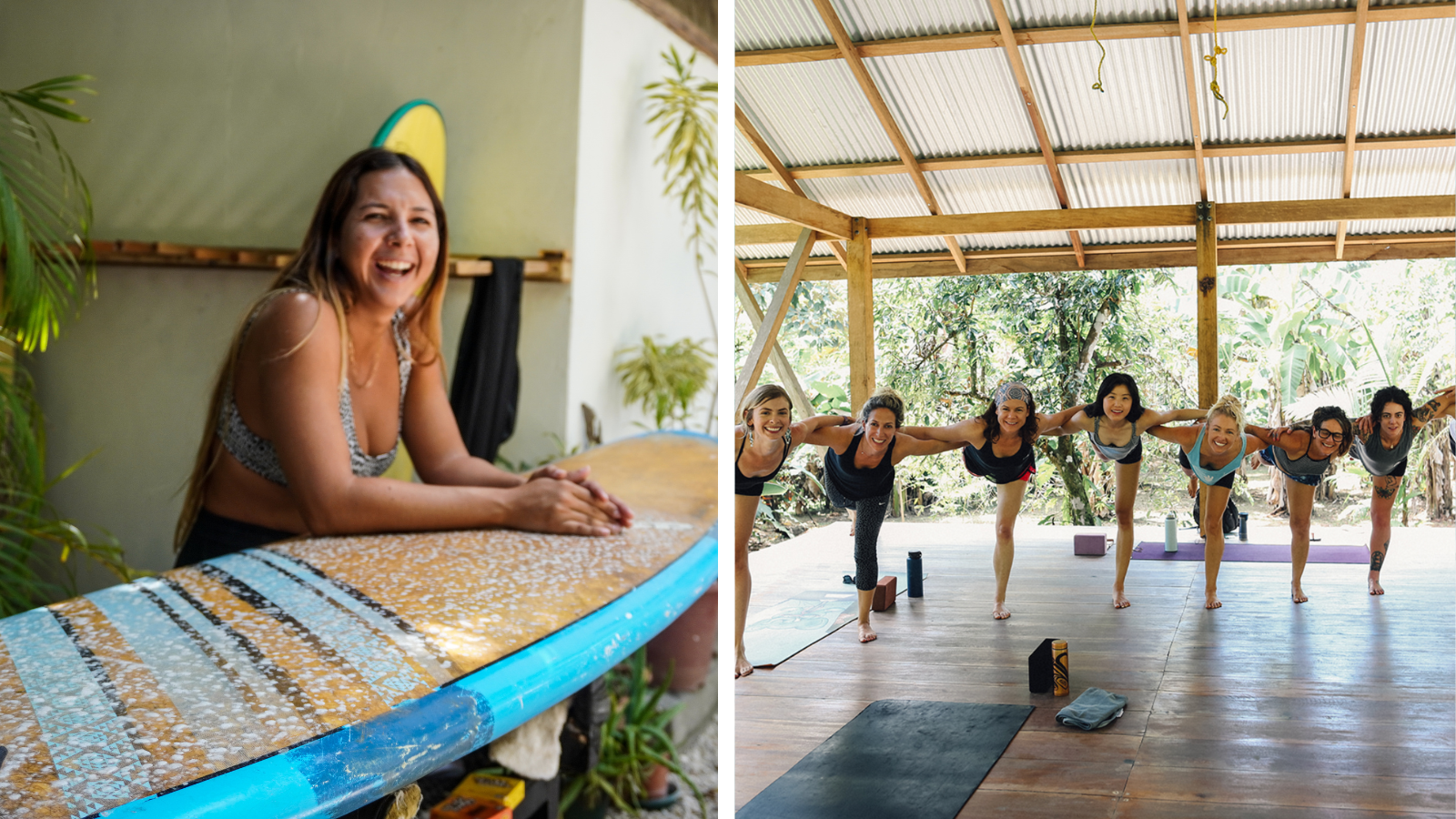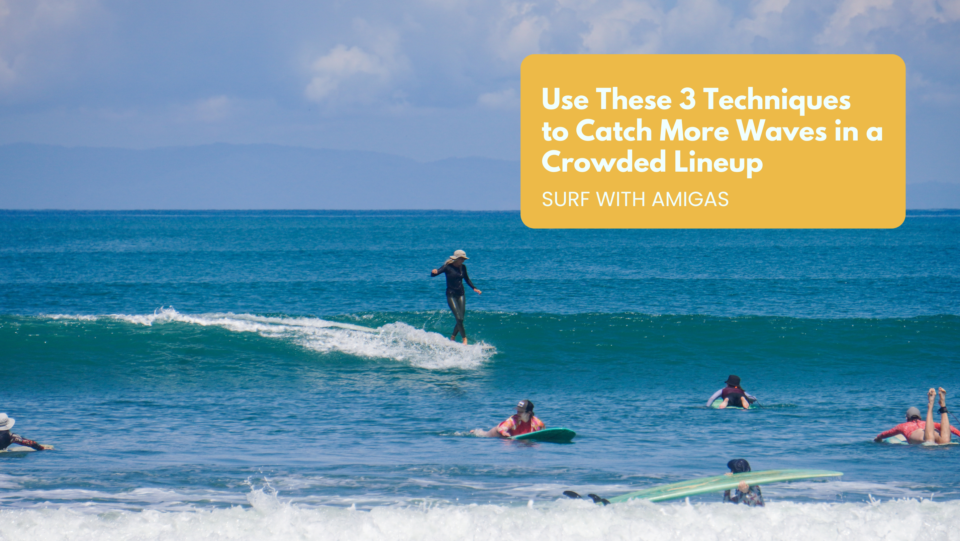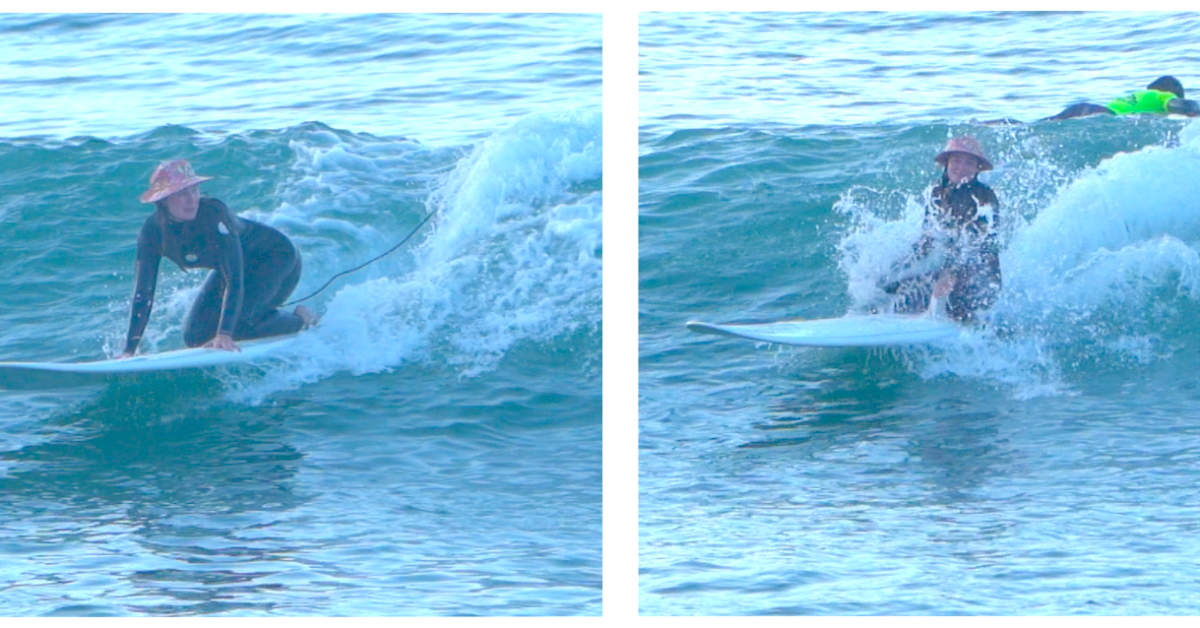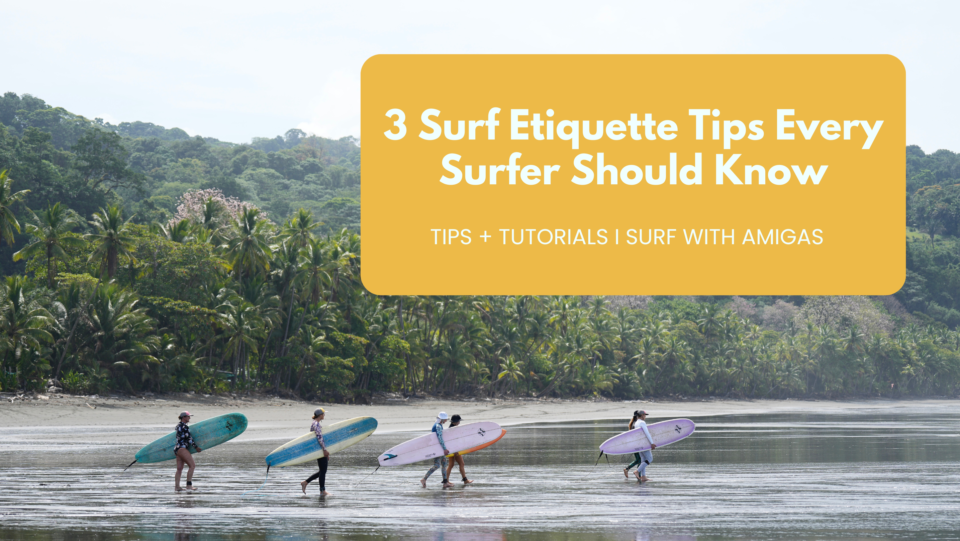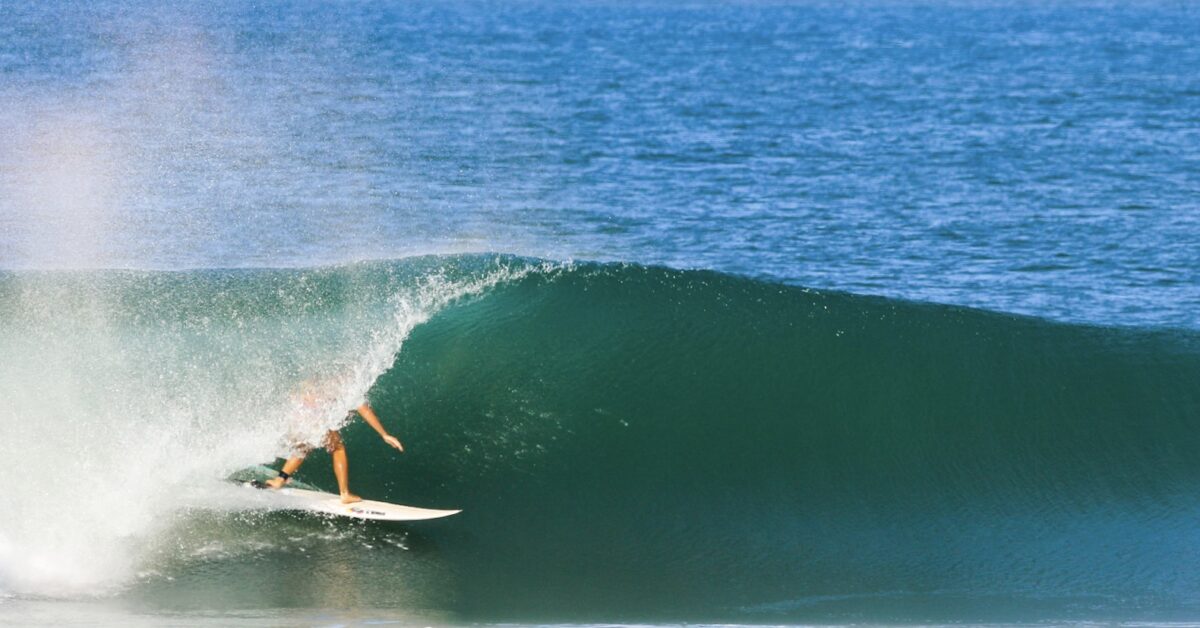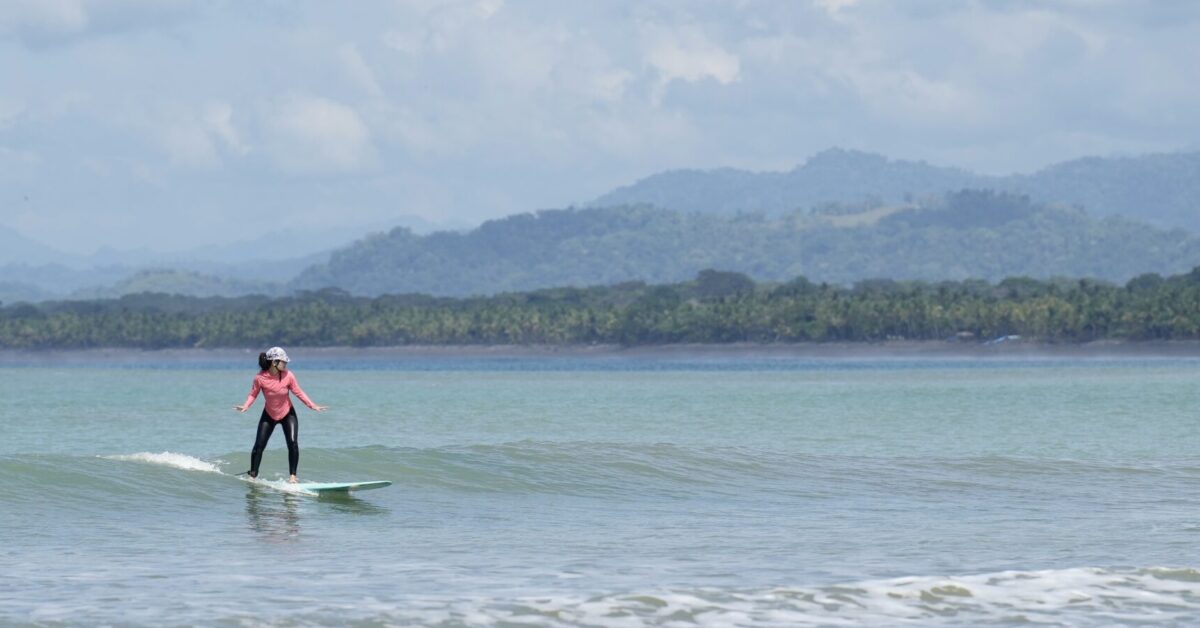It’s normal to have pre-surf jitters, especially when the conditions may be challenging or you’ve been out of the water for a while. Boost your confidence and prepare yourself for your next big session or surf trip with these 4 tips!
try static breath holds
Recognize what happens to you, mentally and physically, when you hold your breath. Static breath holds can be performed underwater or on land in a place where you can sit calmly and relax. Be sure to do this with a buddy, and in a safe environment! By practicing breath holds, you are inviting your body to adapt in difficult or uncomfortable situations. Wiping out can be scary, and breath holding gives you the opportunity to manage how your body and mind respond to stress. This knowledge is power for the next time you experience a hold down underwater.
Learn to quiet your mind
Our minds can be our biggest obstacle or asset in the water. Surfing is a sport that demands both physical and mental endurance. Incorporating mindfulness techniques such as breath work and other relaxation/meditation exercises can help calm pre-surf jitters and facilitate composure in the water. By learning to recognize and accept your fears, manage stress, and maintain a relaxed state, you can approach each wave with greater confidence and clarity.
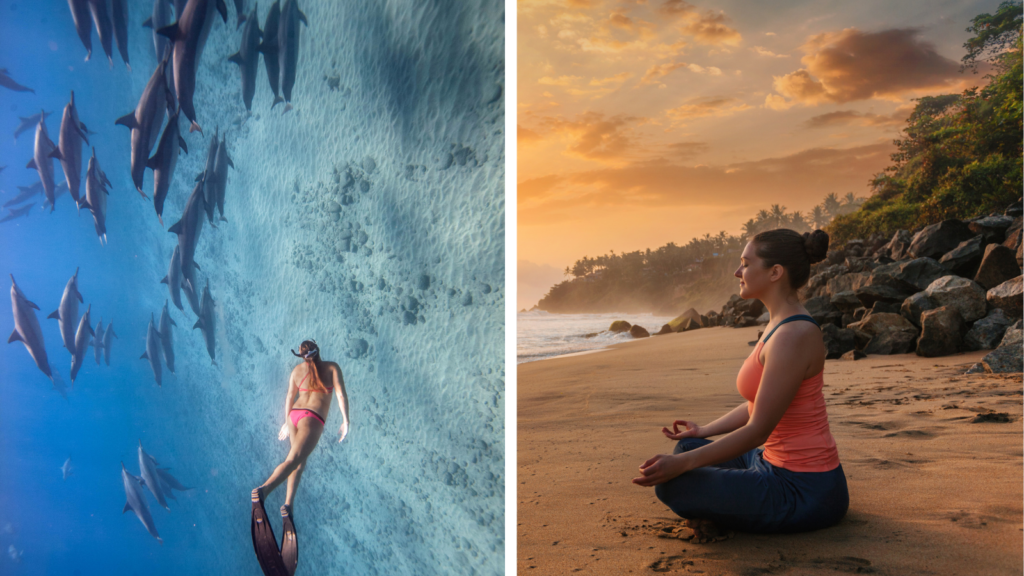
Practice visualization techniques
Visualization practices will help you dive more deeply into the mental aspects of surfing, and help boost confidence! When you have a spare few minutes in your day, try having a mental surf session! Imagine yourself riding the perfect wave, feeling the rush of adrenaline, and executing flawless maneuvers, or whatever your personal surf goal may be. Through visualization, you can build your mind-body connection, anticipate challenges, and take steps to honing your skills in the water.
Practice well-rounded training
Surfing is a full body sport, and it’s easy to lose surf and paddle endurance if you don’t have the opportunity to jump in the water frequently (as is often the unfortunate reality in our busy lives!) Practice building your strength and flexibility, in and out of the water. Cross-training will not only boost your readiness for that next session but will also bolster your health and longevity! Not to mention, by diversifying your physical activities you’ll reduce the risk of burnout or sport-specific injuries. Think of it as an incentive to try something different while immersing yourself in a new community.
For more surf techniques and mindful practices, check out the Surf with Amigas Collective!

